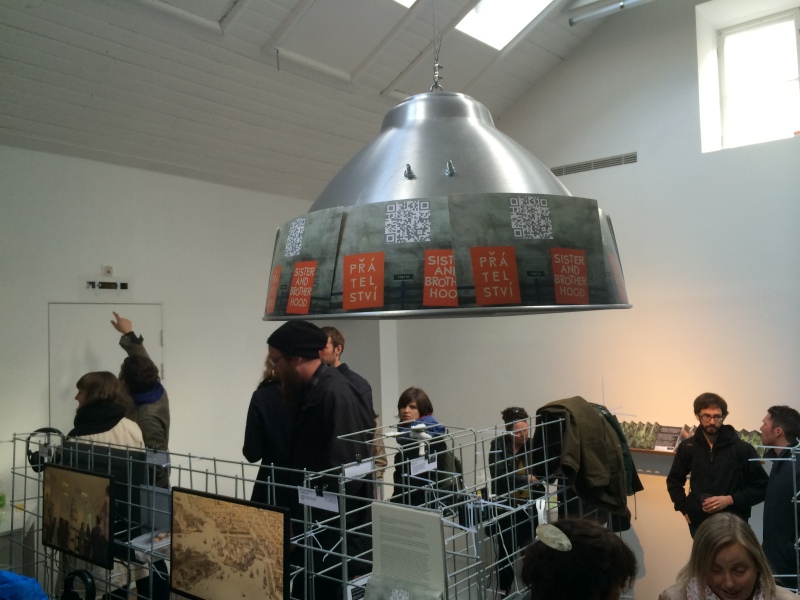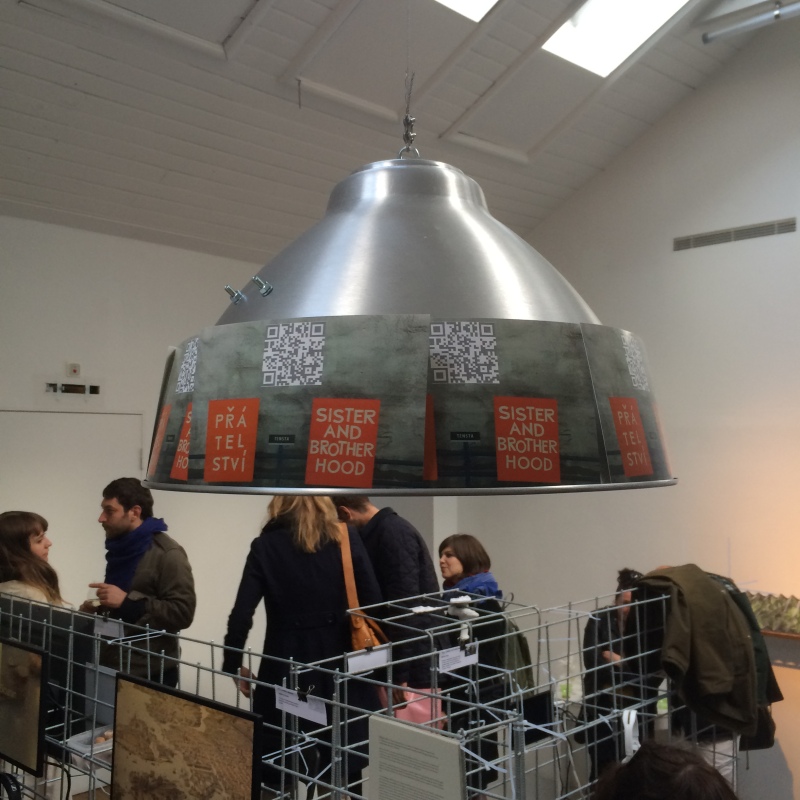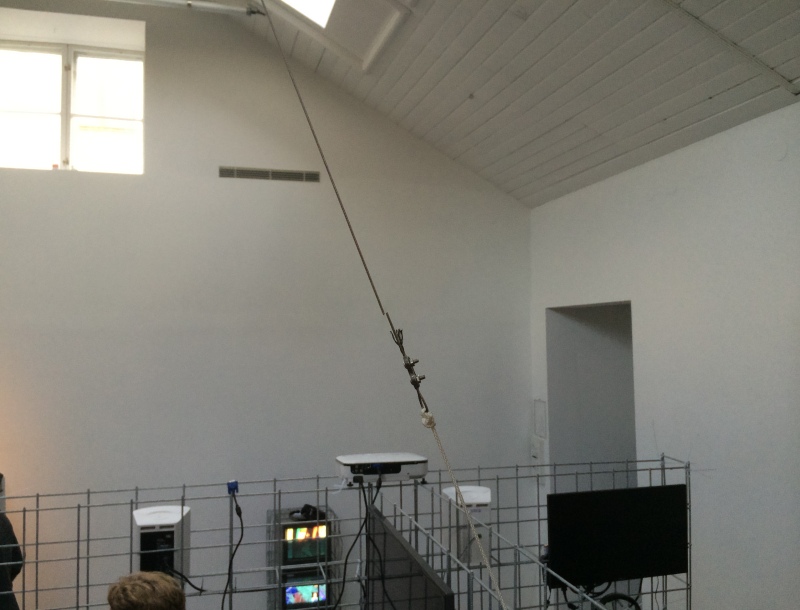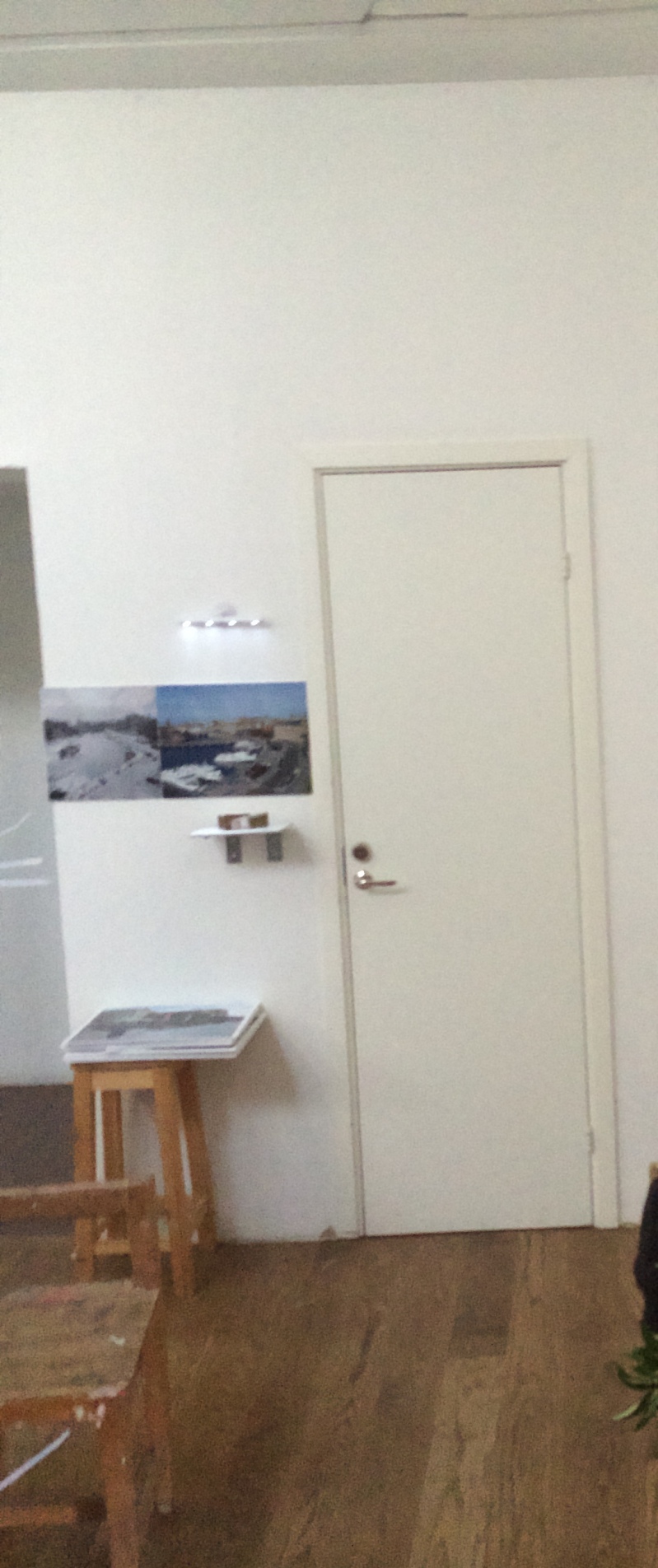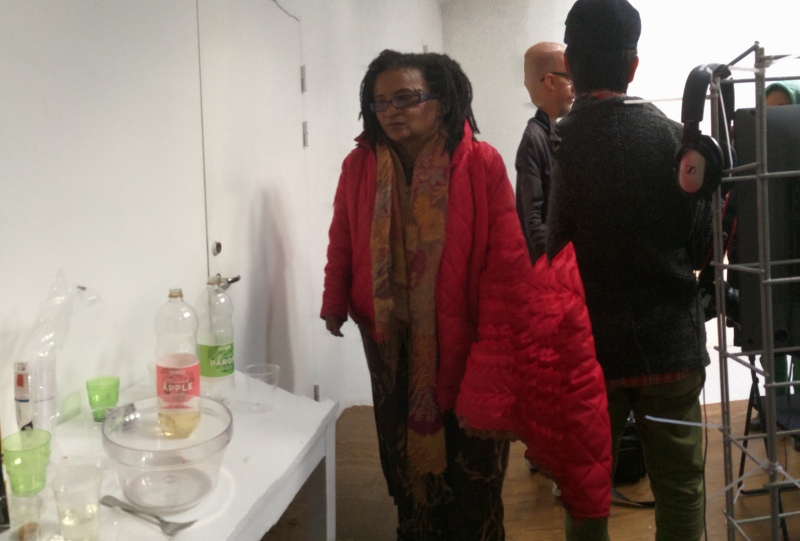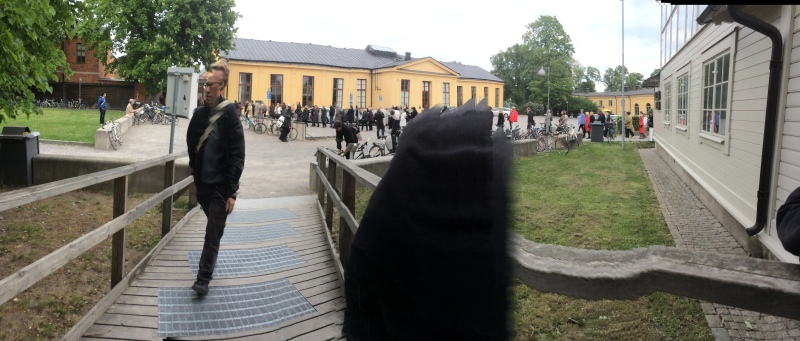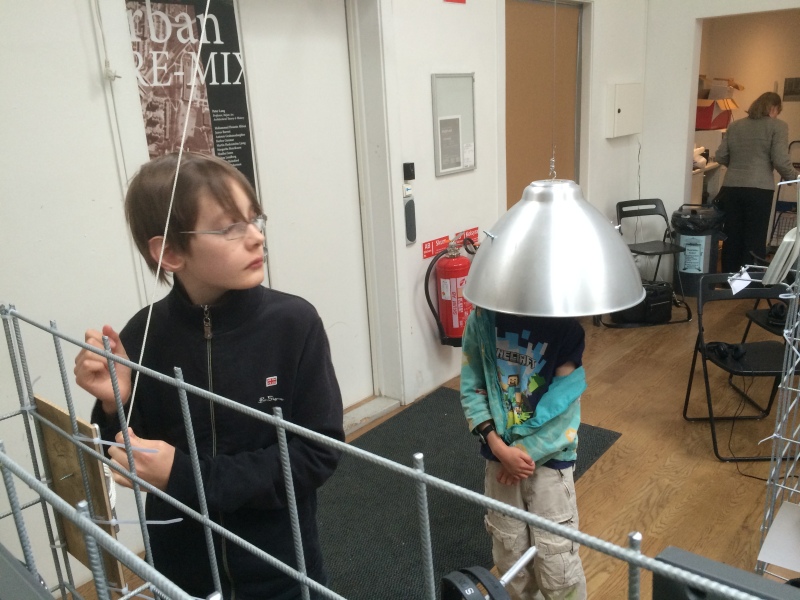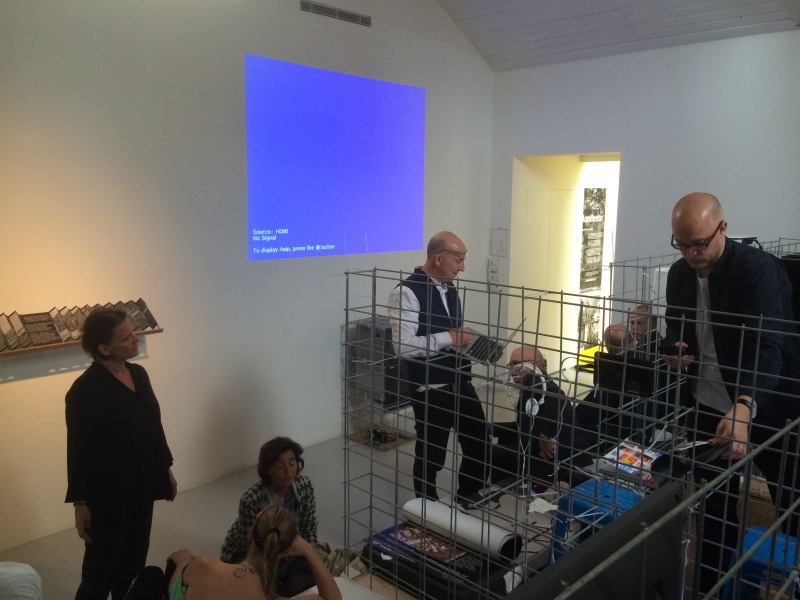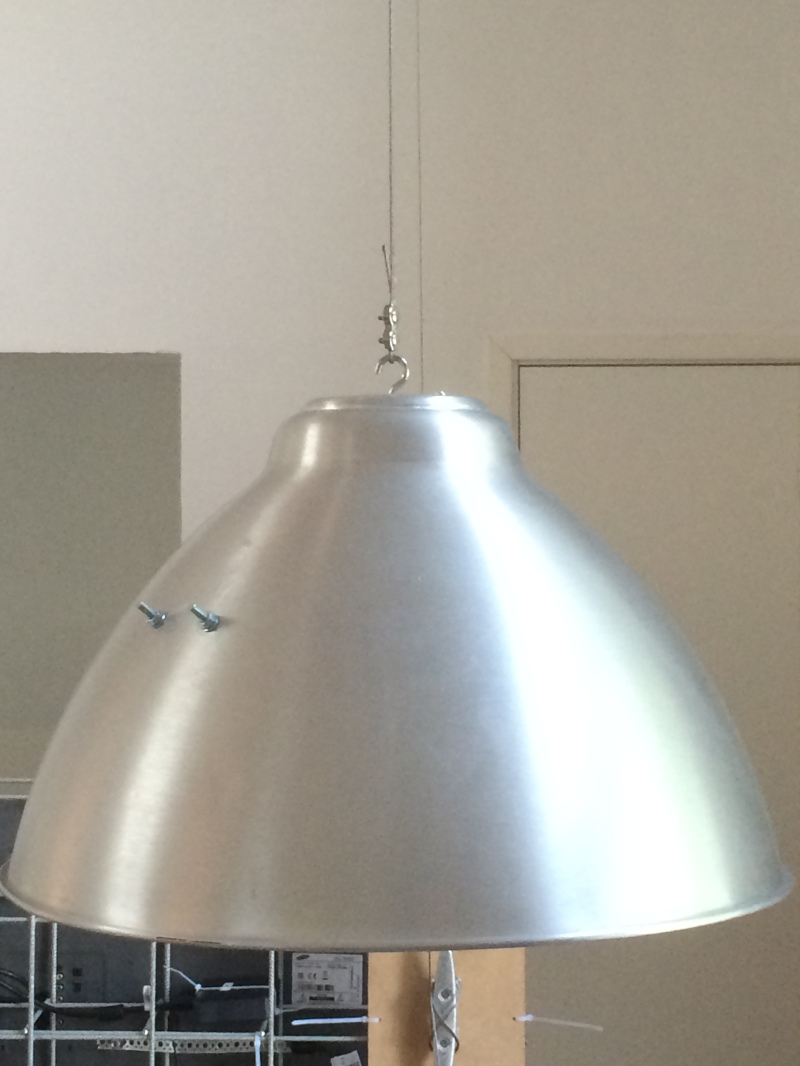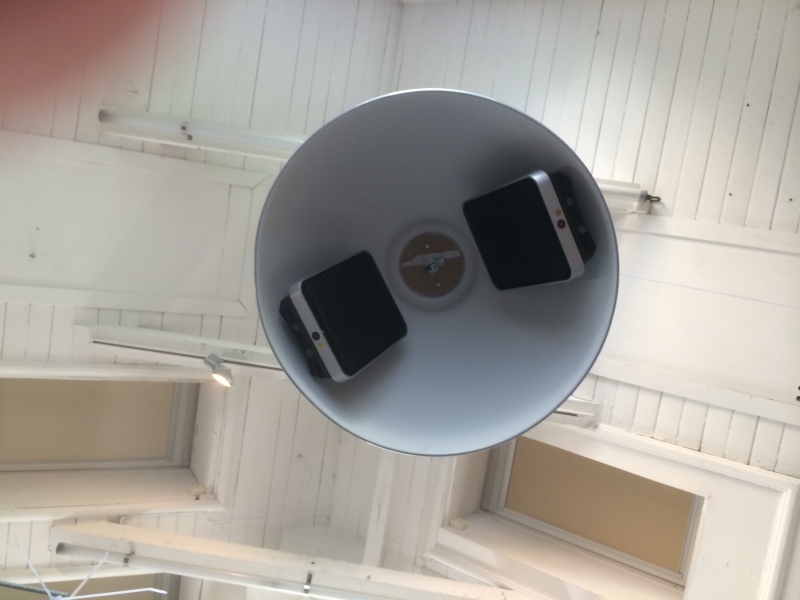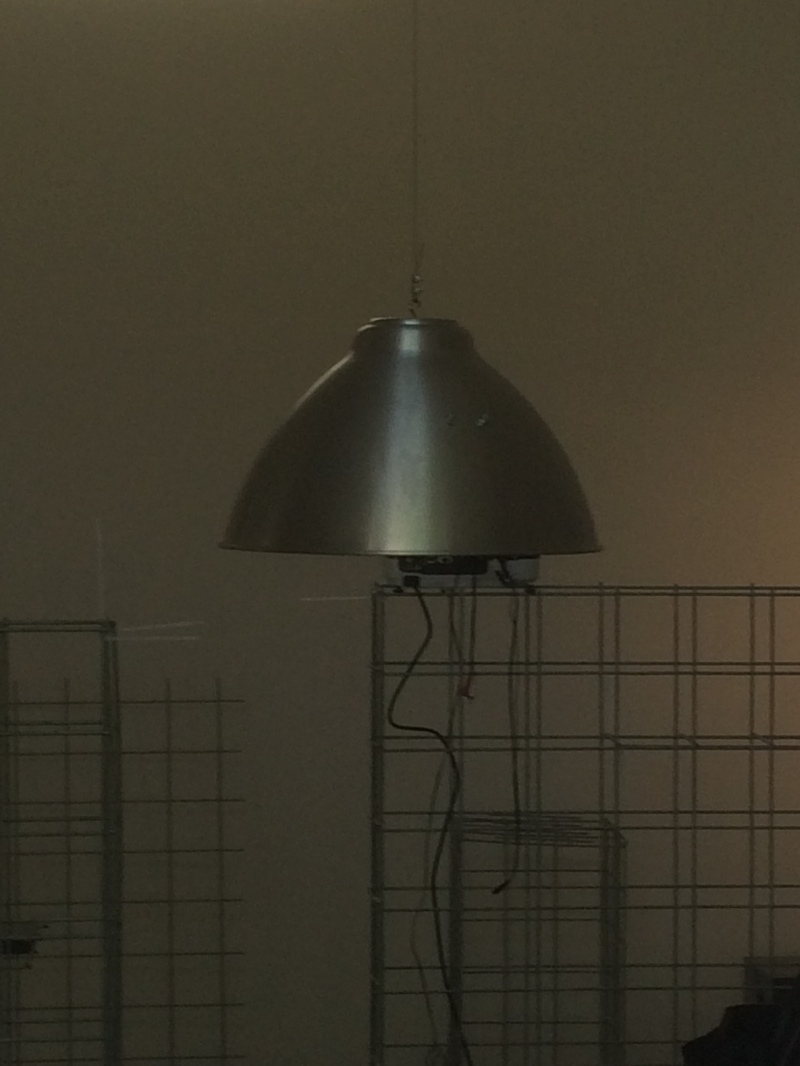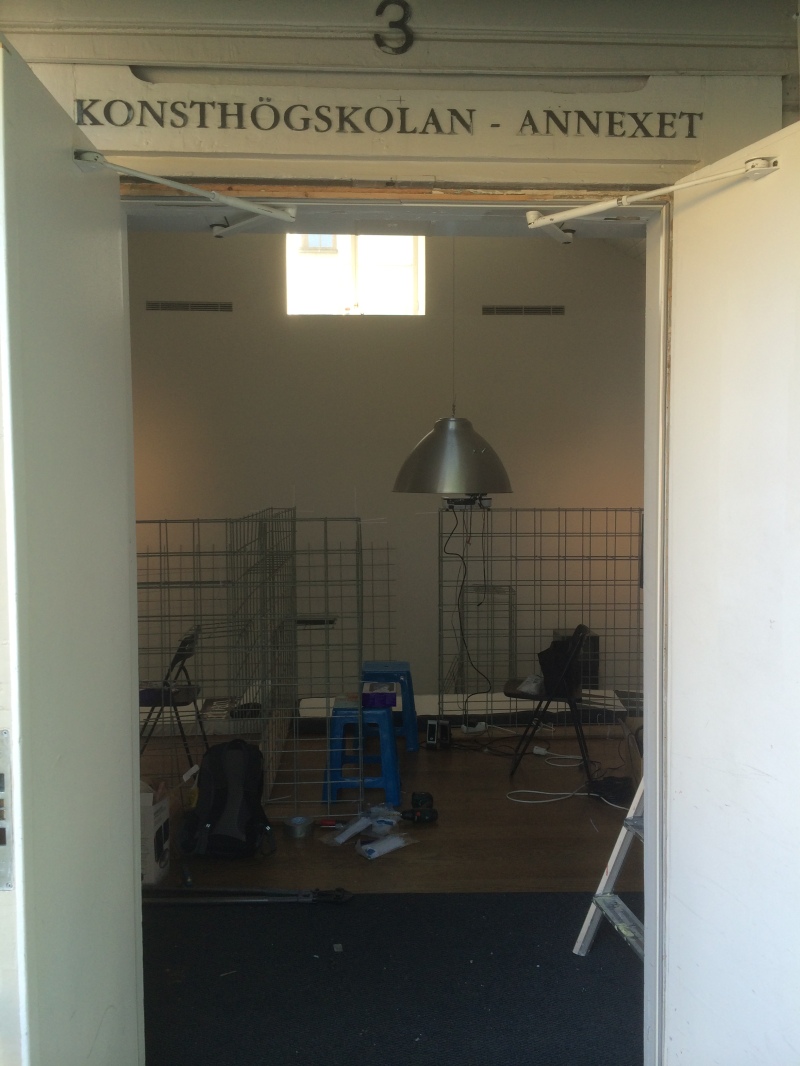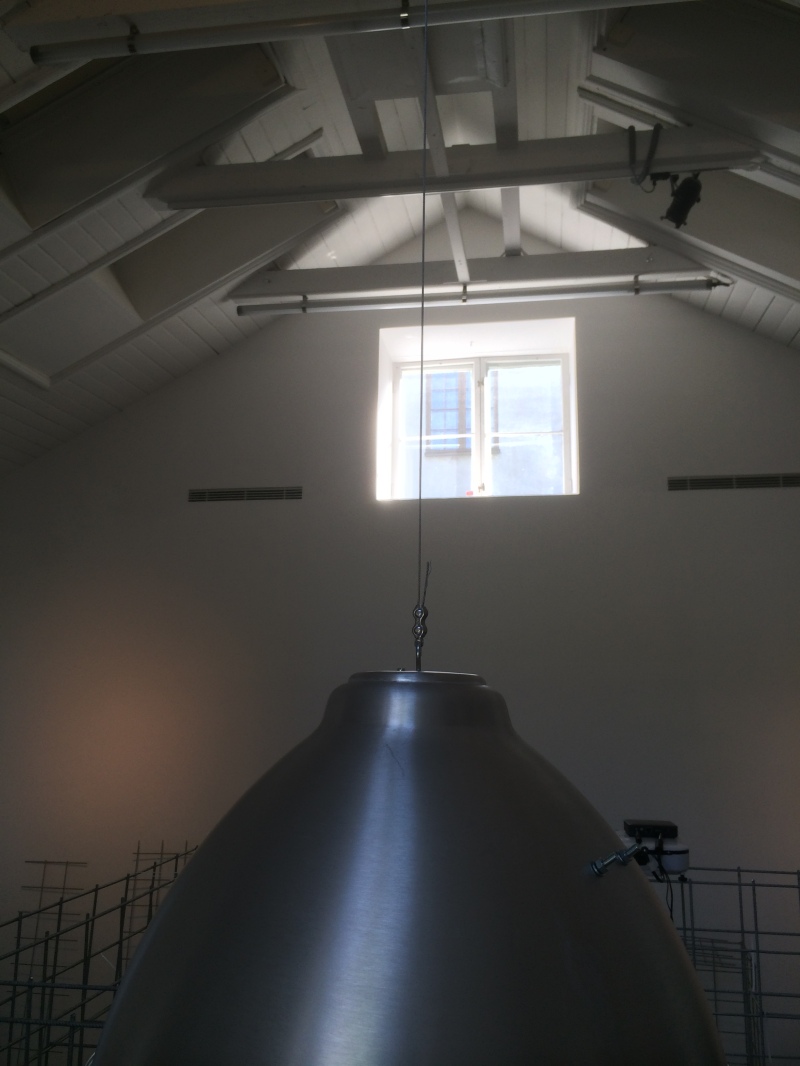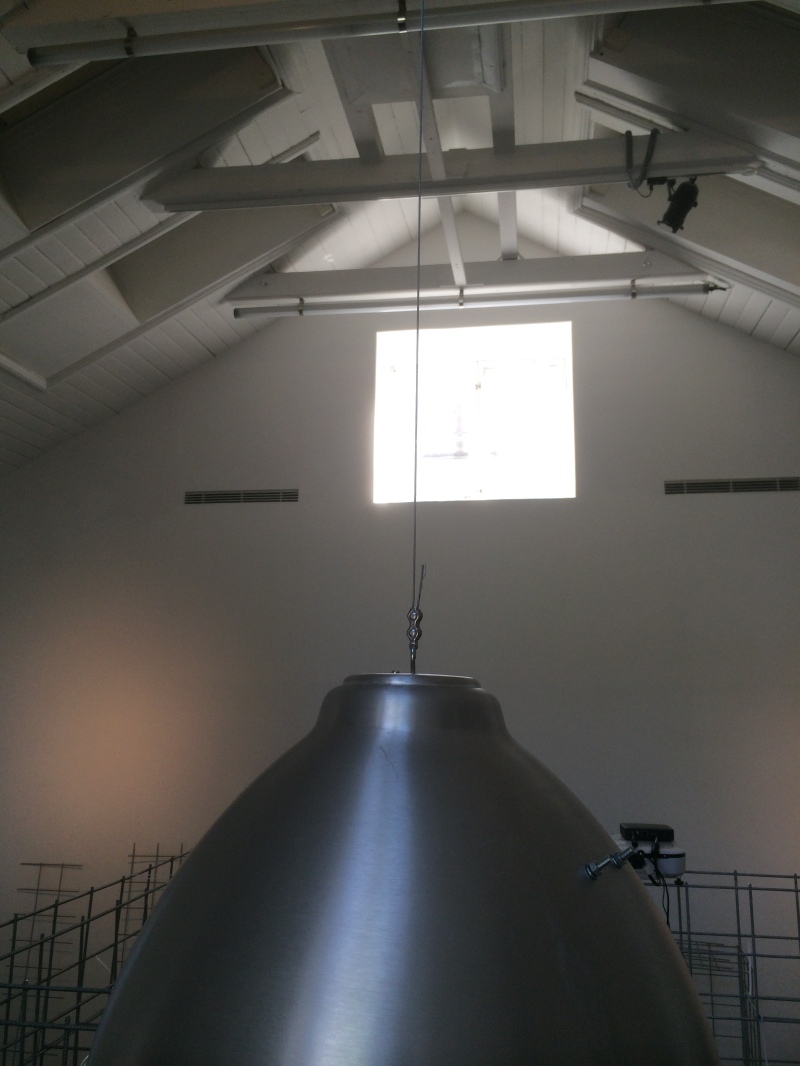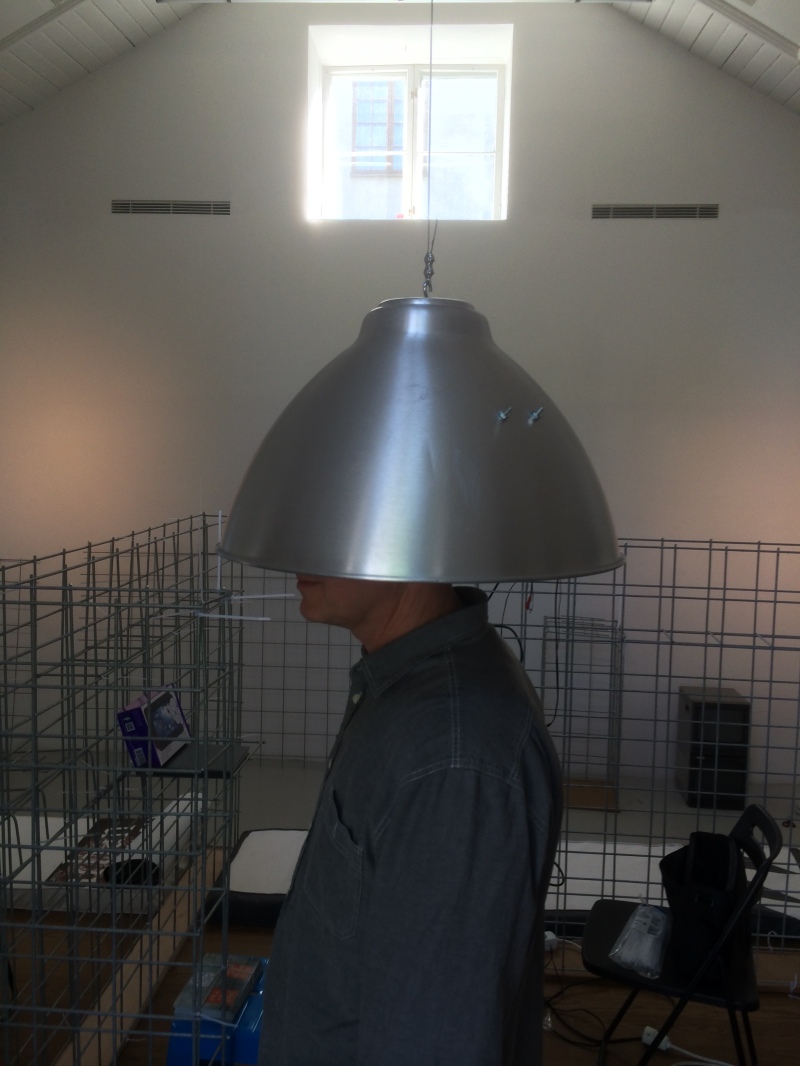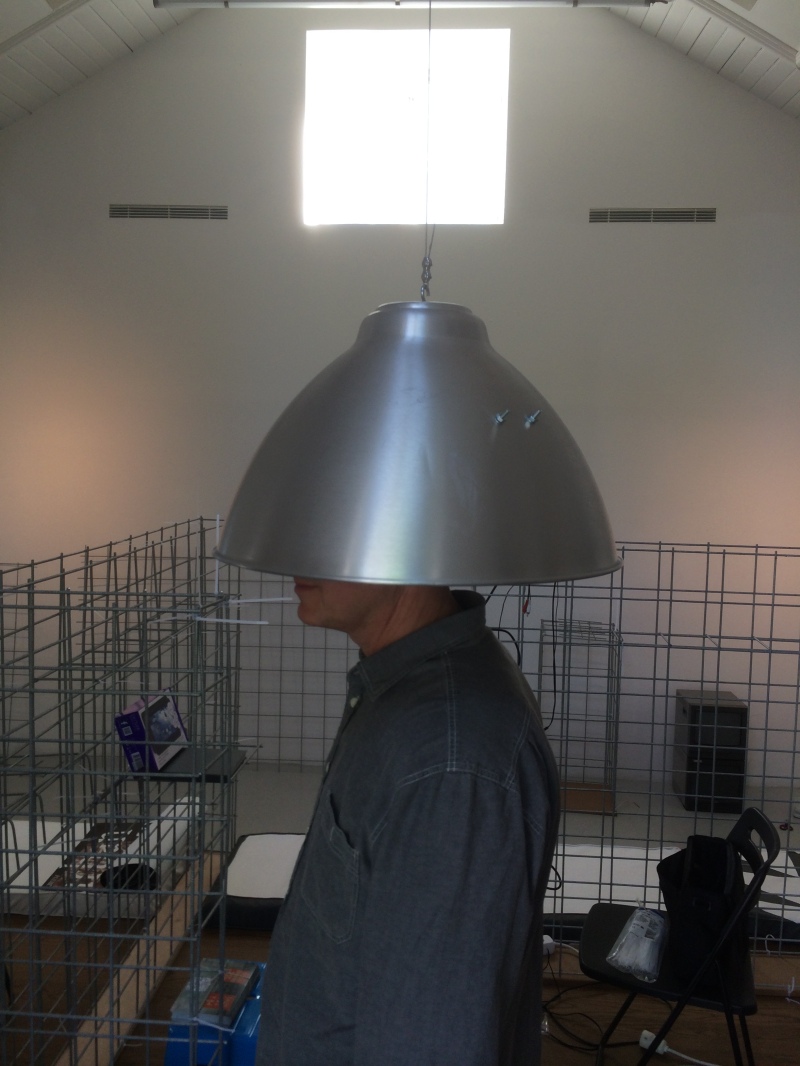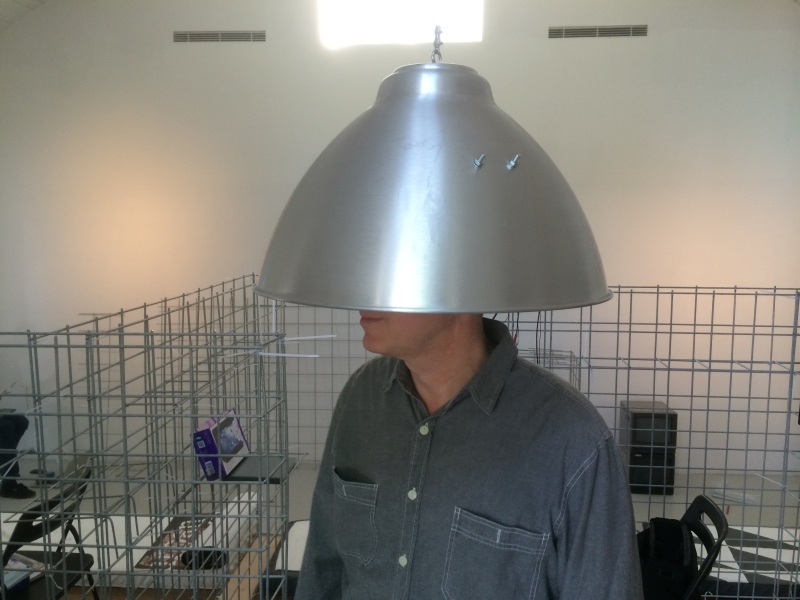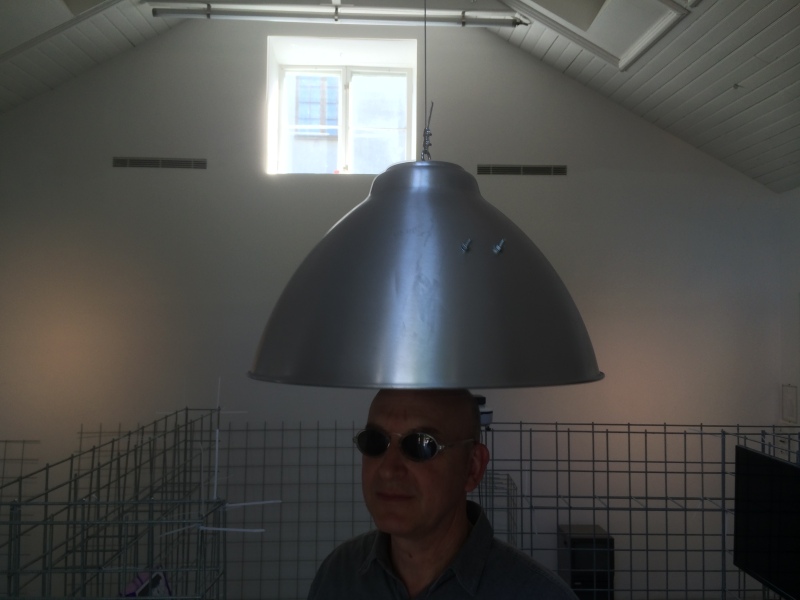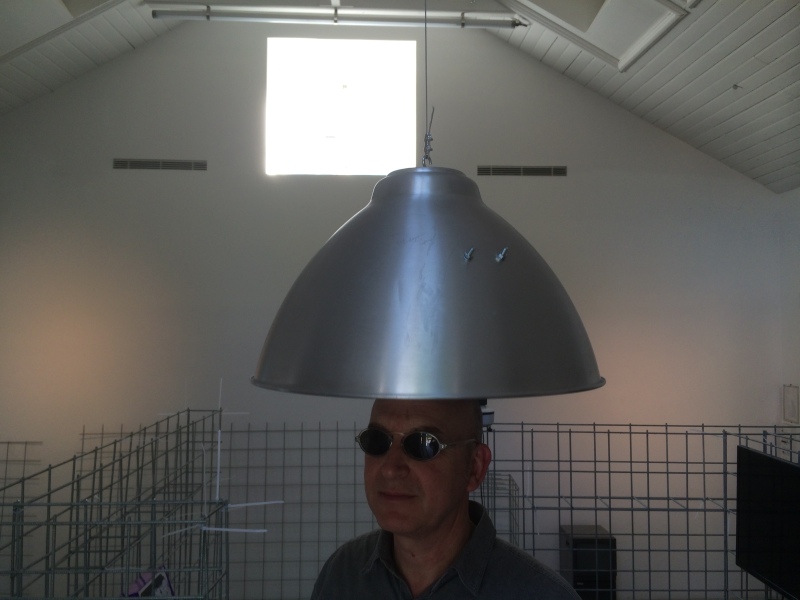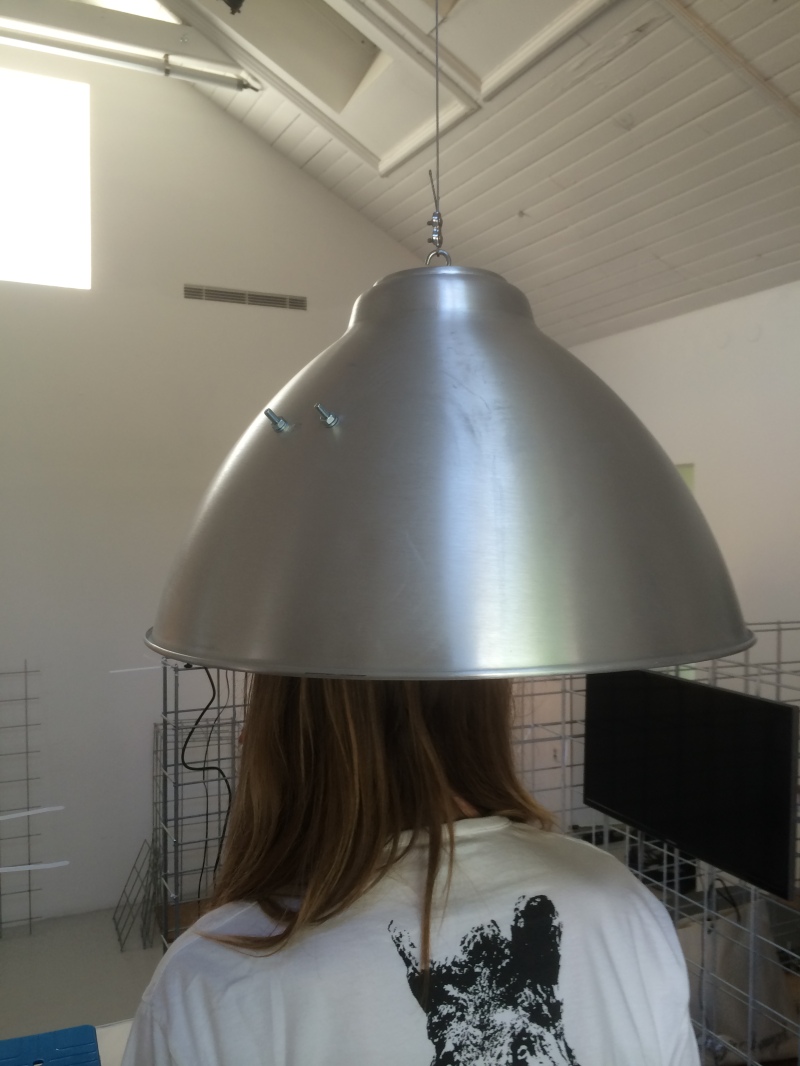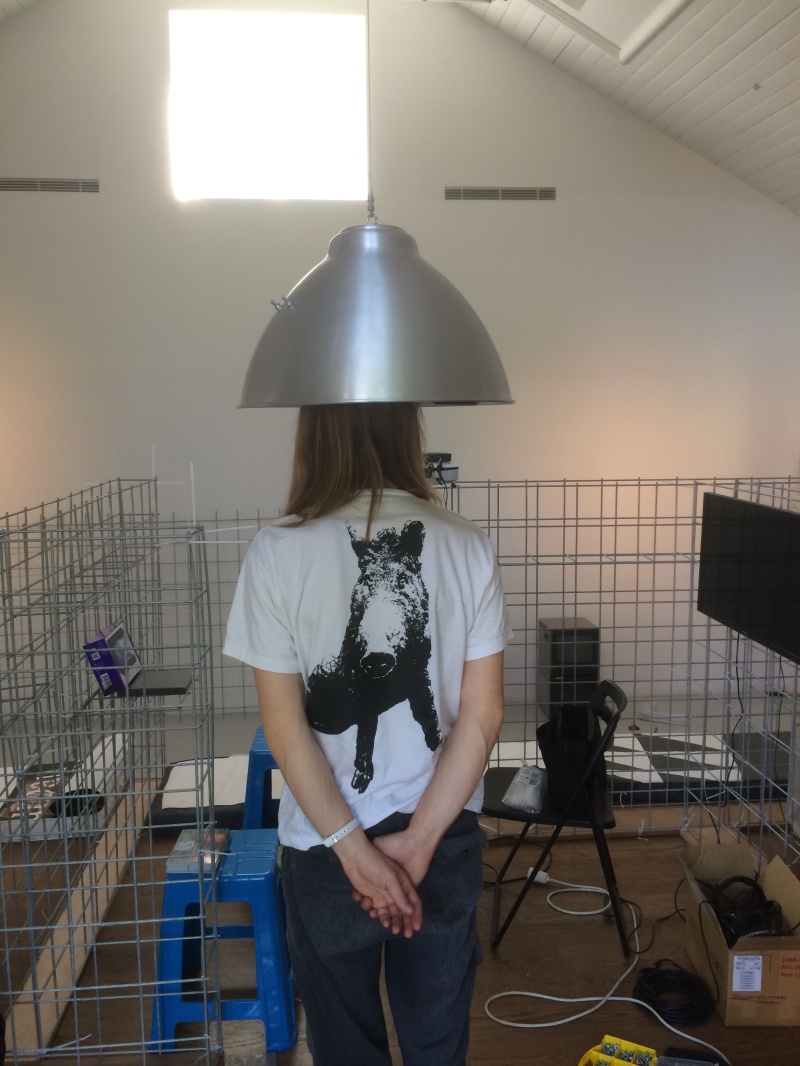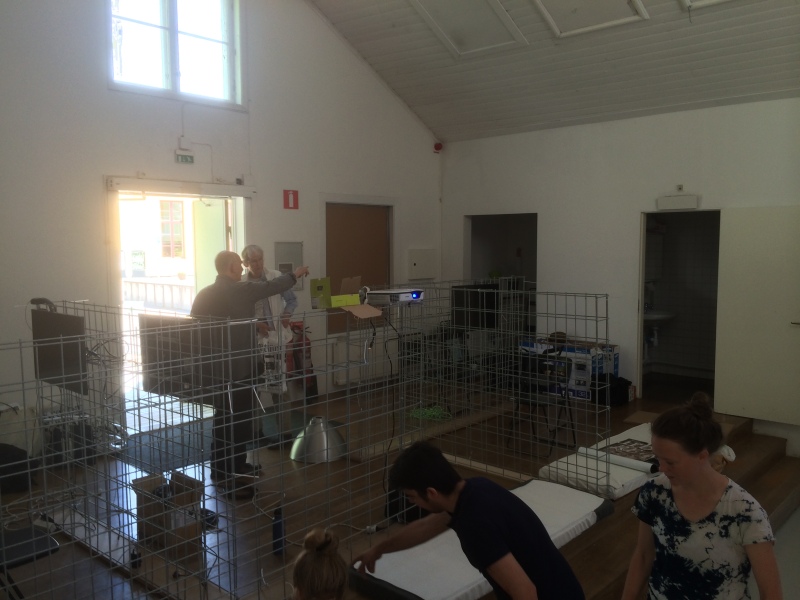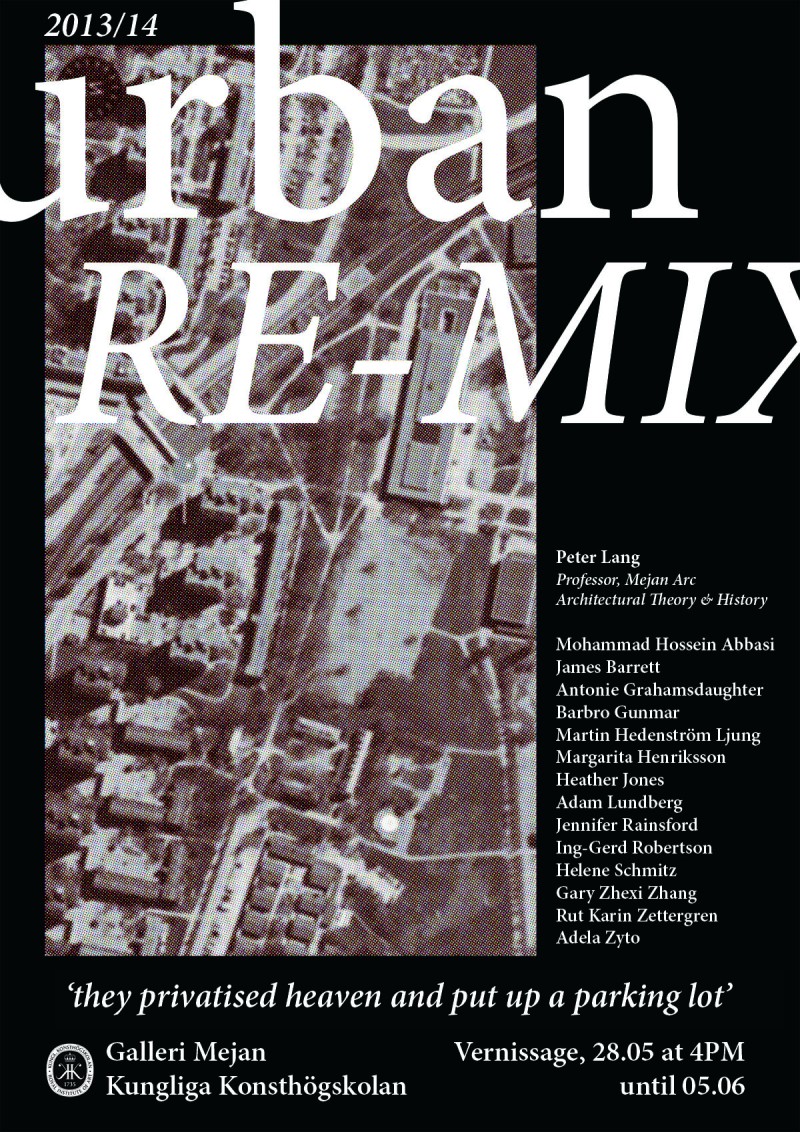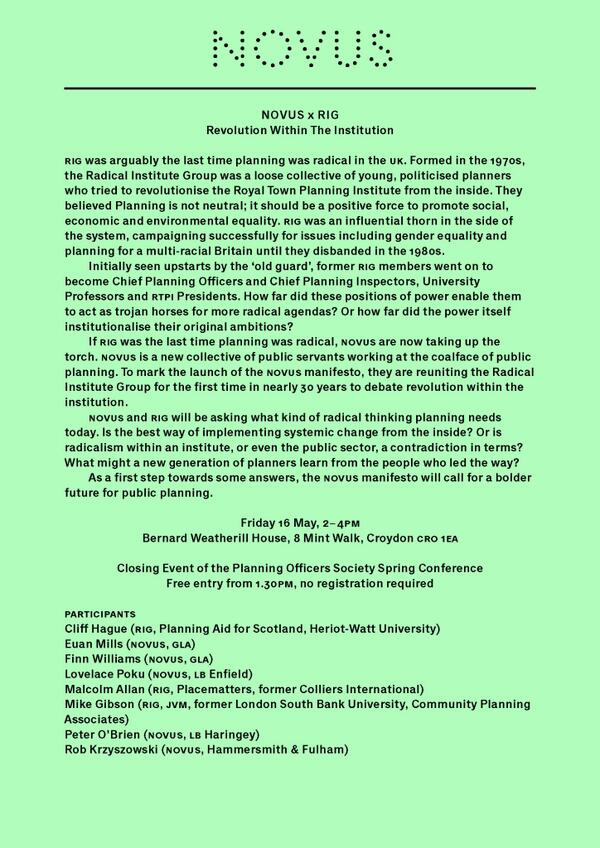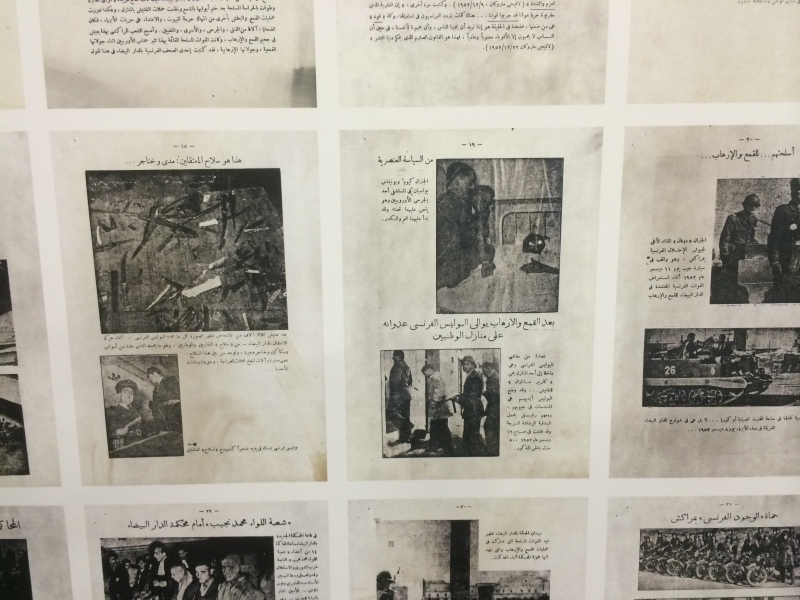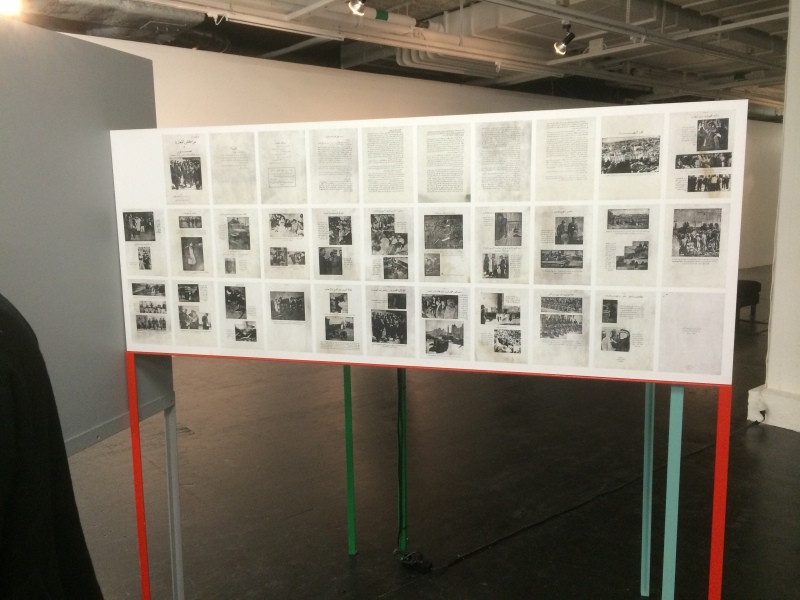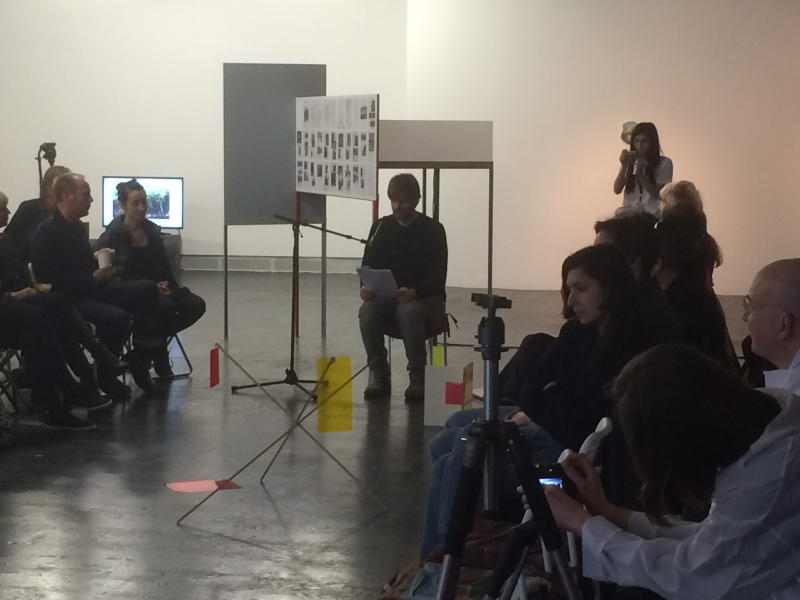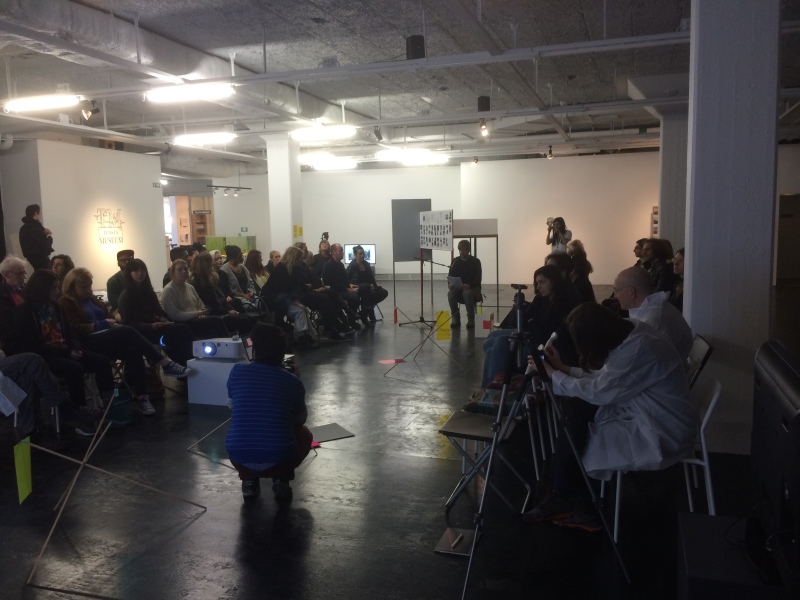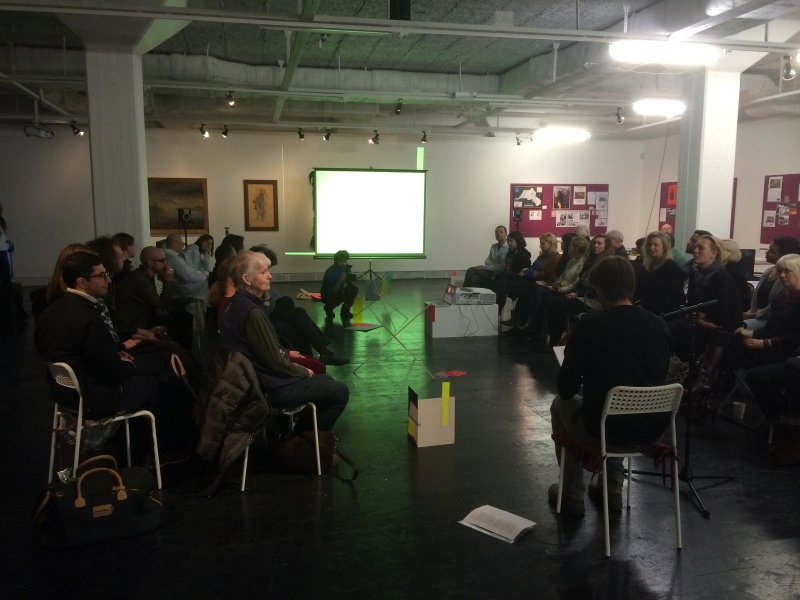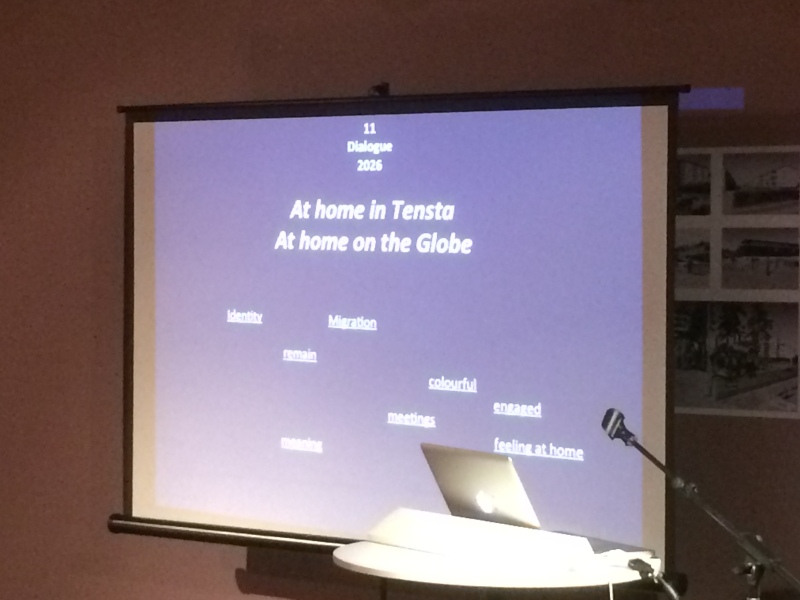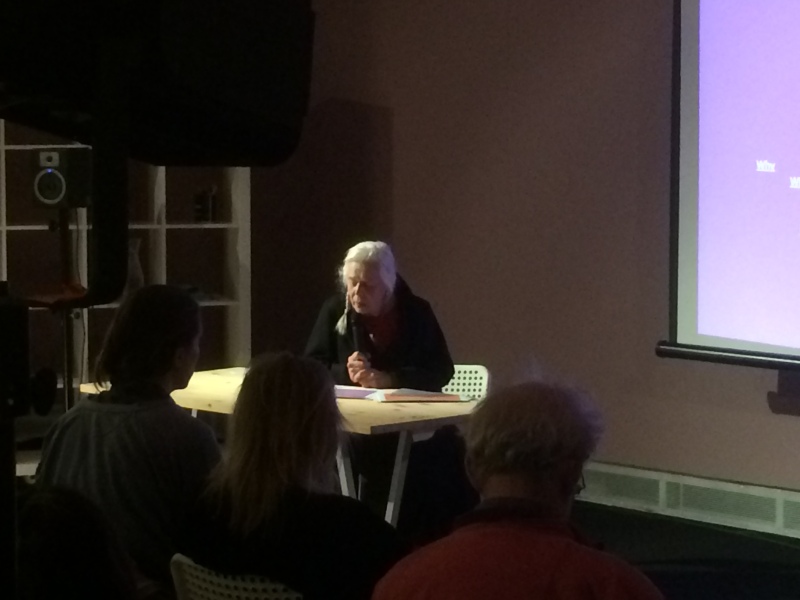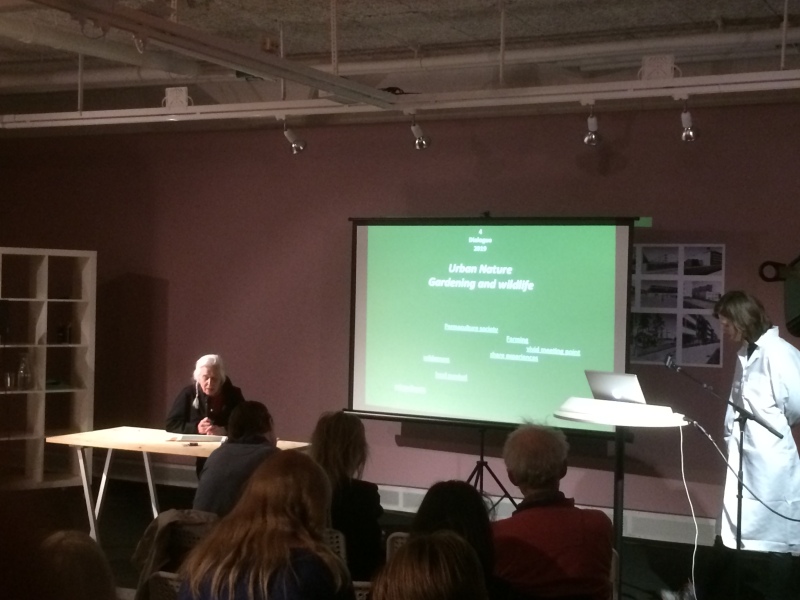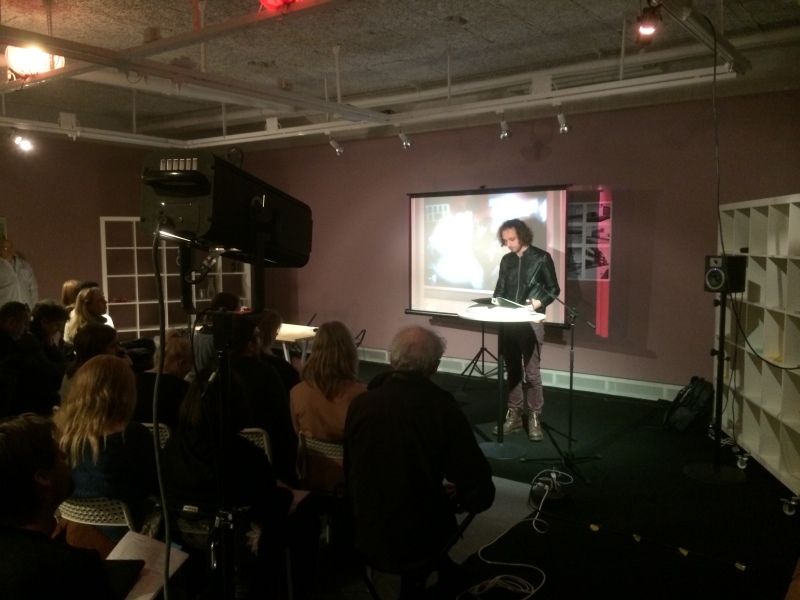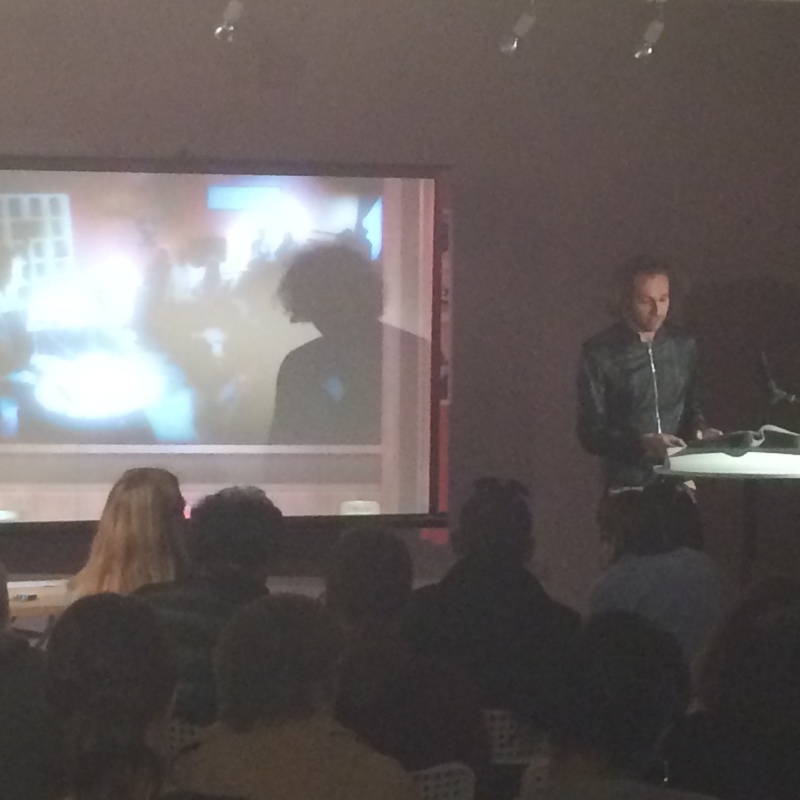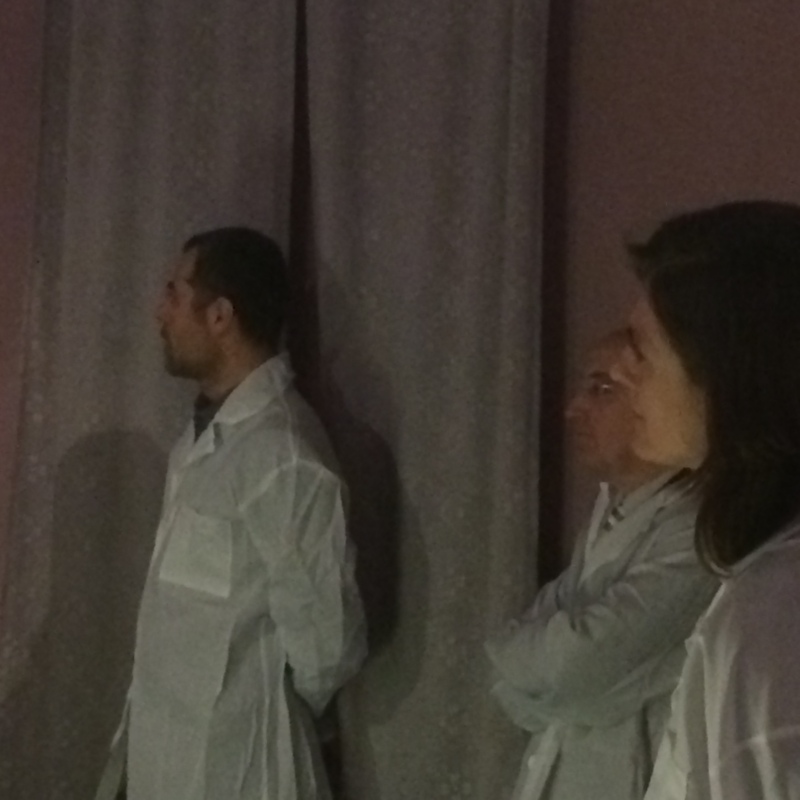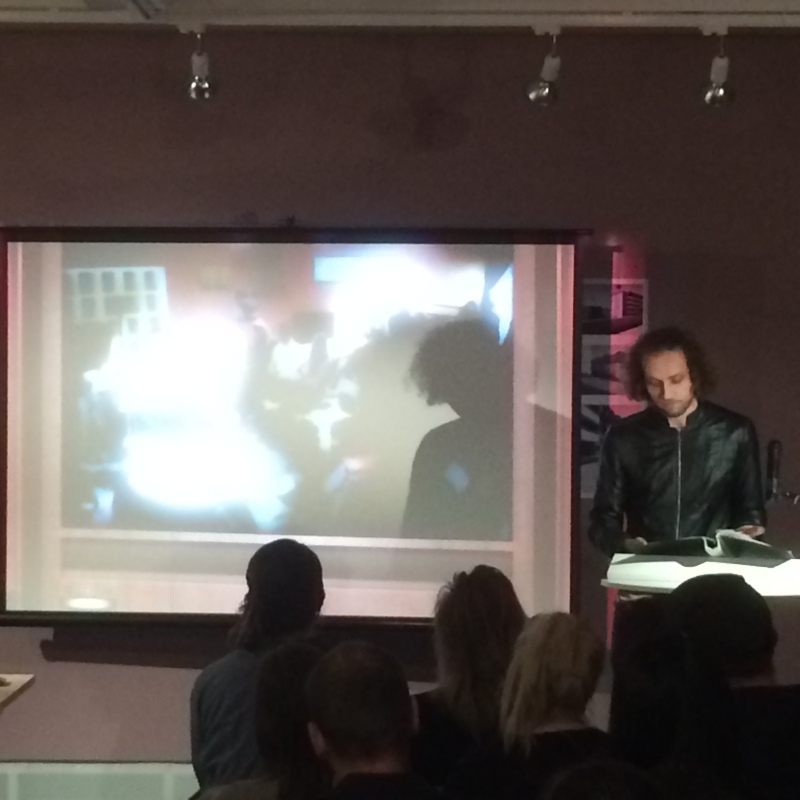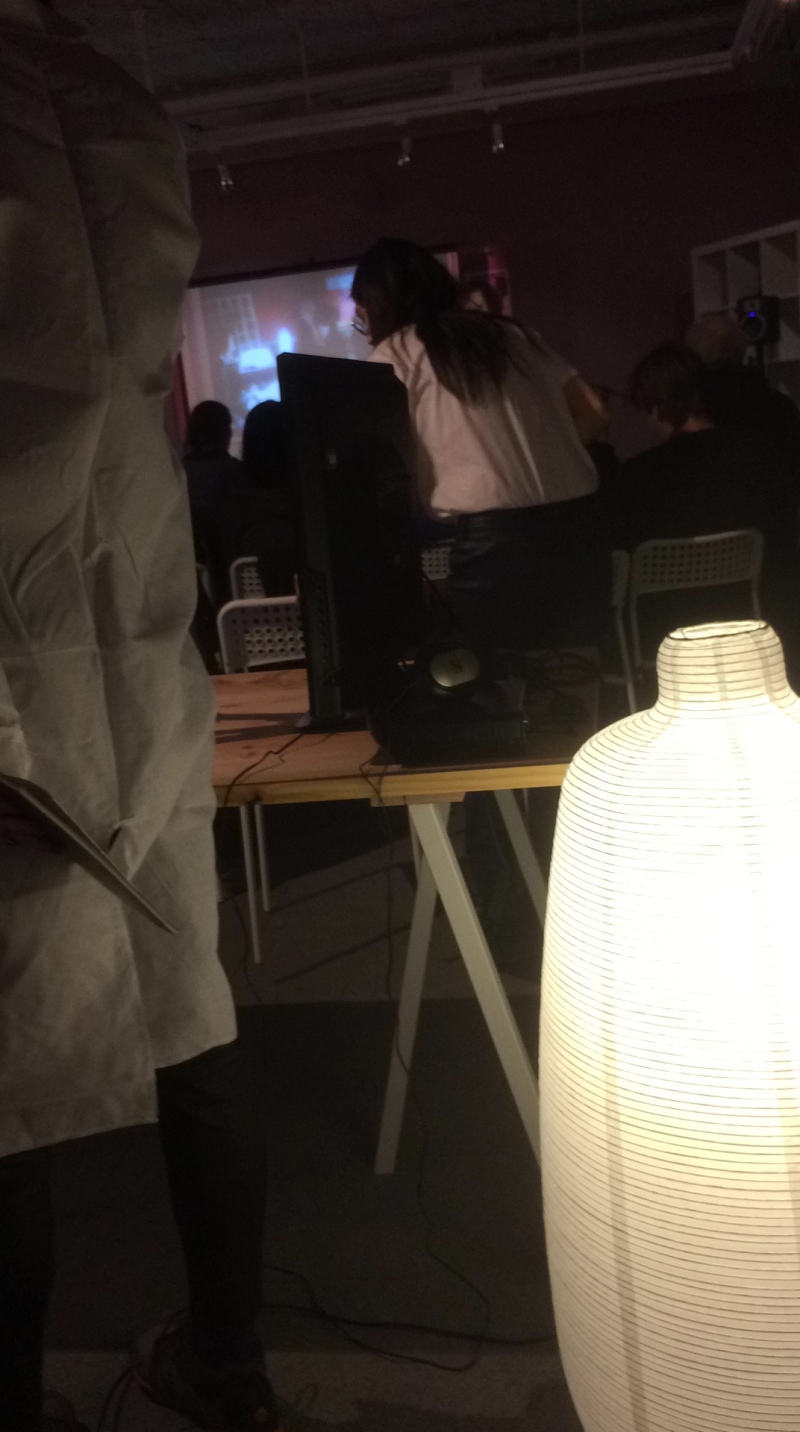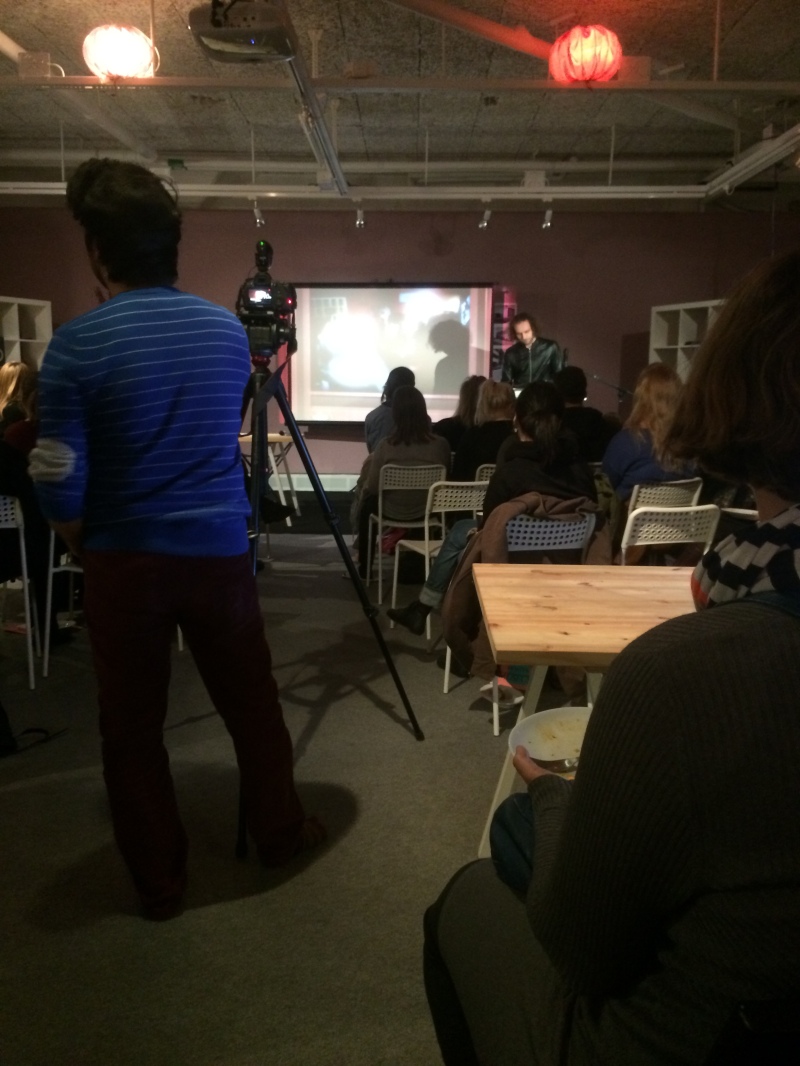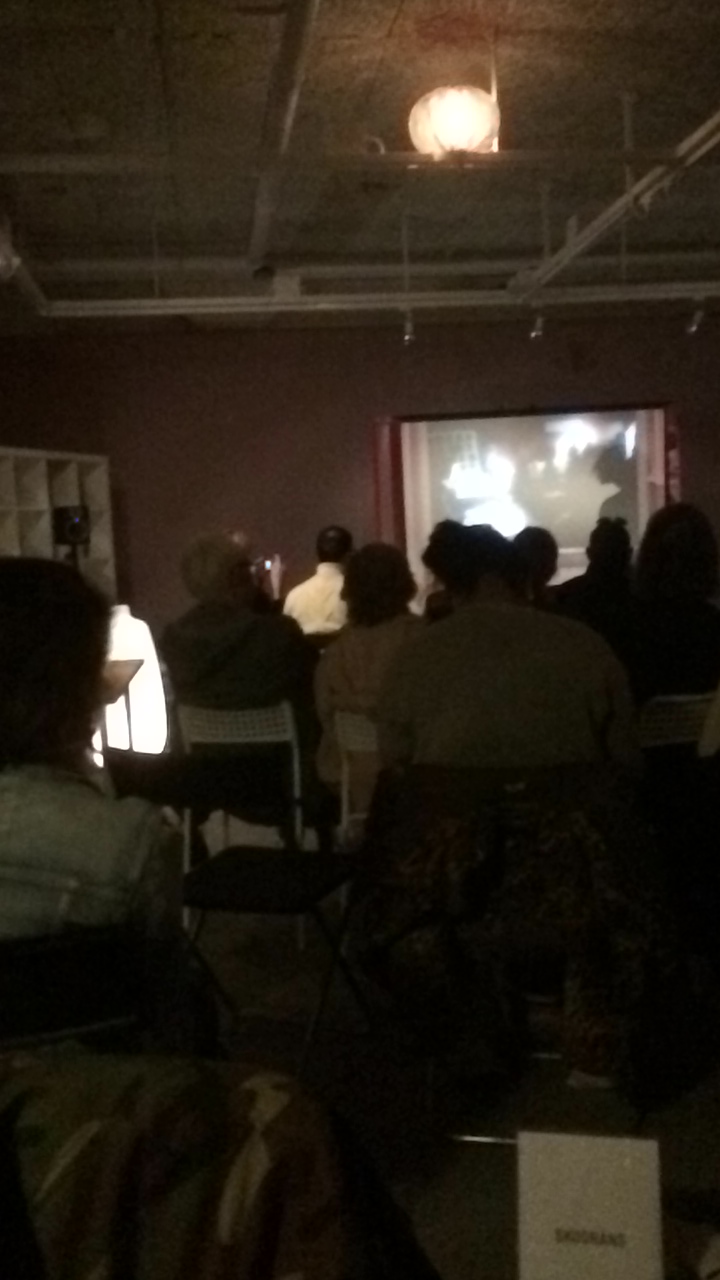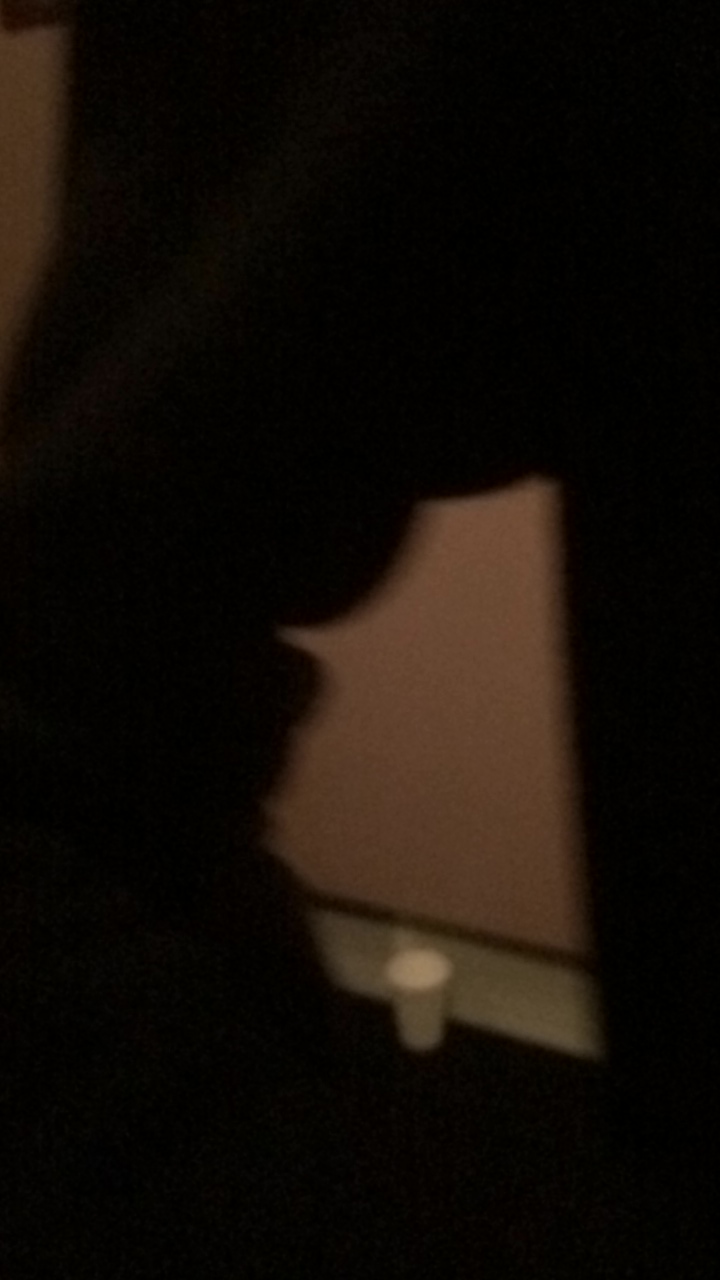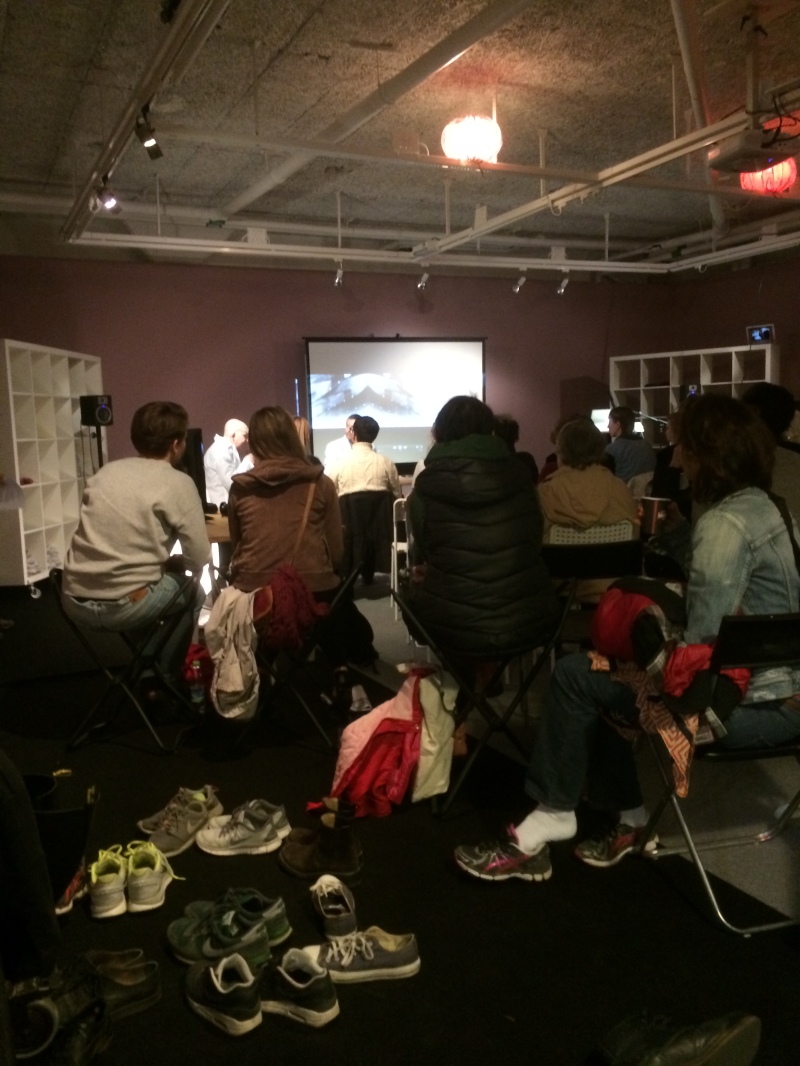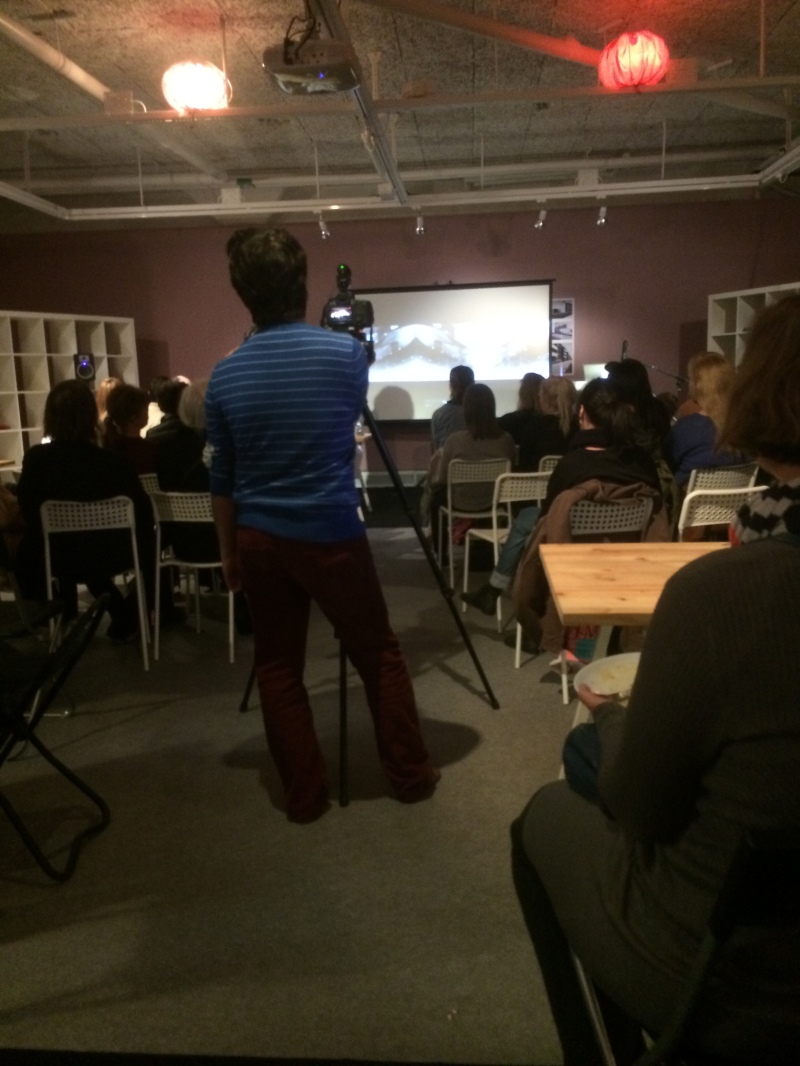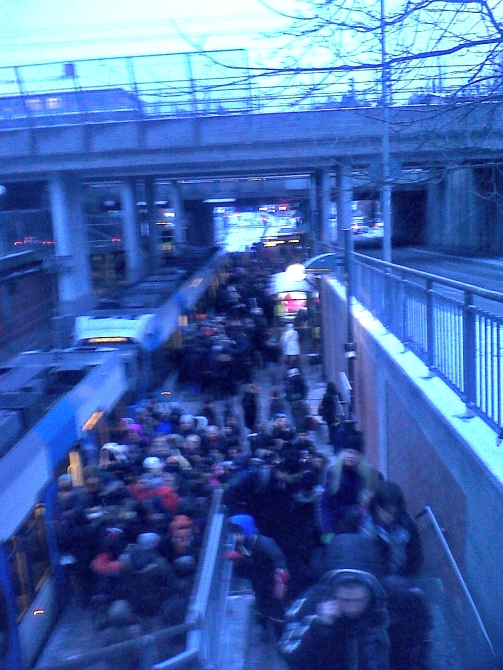Images from the Installation of Sound Device: Sounding the City
Final Exhibtion for the Course Urban Re:mix
POS NOVUS – YOUNG PLANNERS IN THE UK
The British Cabinet has previously recognised the need to engage better with younger members of the Society, and to encourage them to be more active and better represented in Society affairs. To this end it has established POS NOVUS.
The group is to be called “Novus” (from the Latin meaning “New/Young”) and limited to planners under 40.
Its initial terms of reference are as follows:
- To consider the future direction of the Society and make recommendations to Cabinet and Board (as appropriate) as to how the society should develop in the future.
- To consider the programme of activities that the Society should offer and to make recommendations to Cabinet on these matters
- To liaise with the Development Management and the Spatial Planning & Policy Committee (as appropriate) in contributing to the Society’s response on consultation material from the DCLG, LGA, Environment Agency, English Heritage etc.
- To provide the opportunity for [junior][new] Society members to exchange information and ideas, to facilitate the spread of best practice, and deal with queries and concerns raised by members on matters relating to their professional responsibilities.
- To liaise with RTPI & RICS on a wide range of professional issues effecting the planning.
Bicycle Anecdotes from Amsterdam
Bicycle Anecdotes from Amsterdam from Streetfilms on Vimeo.
Here we present our final – and most informative – Streetfilm from Amsterdam. It provides a nice cross-section of commentary on life in the City of Bikes. If you’d like to skip directly to topics, we’ve grouped the comments under five general headings.
0:17 Rejecting the Automobile
2:15 A bike system that works for everyone
4:05 There’s a science to what looks like “bicycle chaos”
5:55 Coming to The Netherlands from the United States
7:33 Dutch Bicycle Culture
“Behandla inte Oss som Djur” (“Do not Treat us Like Animals”)
The Panthers was started in February 2011 by a few older youths from the suburb of Biskopsgården in Gothenburg, Sweden. With a strong sense of commitment and an awareness of class based problems, they are now fighting to achieve a meaningful existence by, among other things, reopening the youth center in Biskopsgården that has long been closed. They want to focus on the cutbacks that have affected not only Biskopsgården, but suburbs throughout Sweden, which have led to increased poverty and social vulnerability.
http://pantrarna.wordpress.com/
http://pantherdocumentary.wordpress.com/
A Manifest Slogan for Urban Re:mix
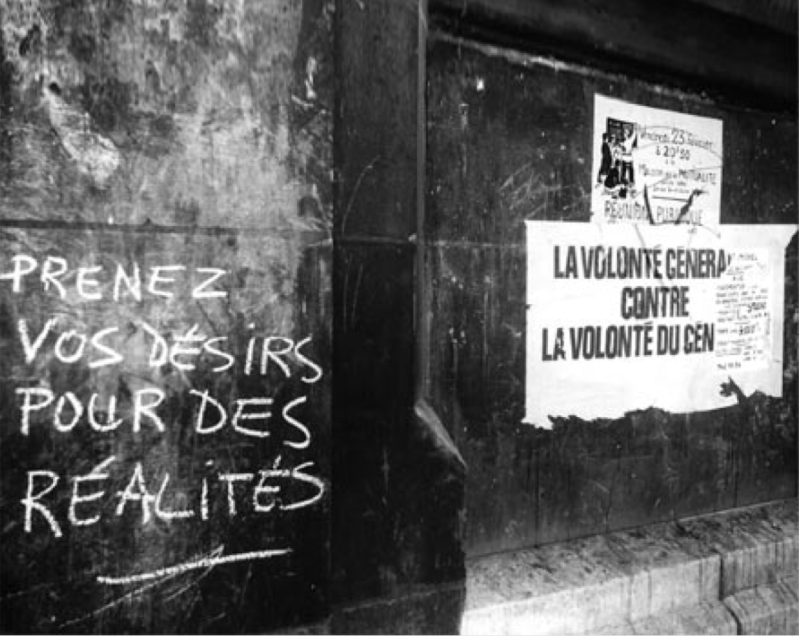 The course Urban Remix has thrown-up a lot of threads for us to sort through. In preparing for the May exhibition we discussed the idea of a slogan, manifesto or statement from the group that expresses or summarizes in not too many words the general impetus and direction of the course. I send this out as a late brainstorm and will follow it up with a more structured email tomorrow. We would like everyone to consider the formation of a very short statement for the final exhibition, that may be painted on a wall and then painted over, with perhaps a few photographs being taken of it in the between time.
The course Urban Remix has thrown-up a lot of threads for us to sort through. In preparing for the May exhibition we discussed the idea of a slogan, manifesto or statement from the group that expresses or summarizes in not too many words the general impetus and direction of the course. I send this out as a late brainstorm and will follow it up with a more structured email tomorrow. We would like everyone to consider the formation of a very short statement for the final exhibition, that may be painted on a wall and then painted over, with perhaps a few photographs being taken of it in the between time.
My first thought in reaction to this idea was the role of graffiti and slogans in the May 68 movement in France, often associated with the Situationist International (SI). Many of these slogans (e.g. Think locally Act globally) have become part of the modern vernacular, and seem in many respects to adapt the phrasing of advertising to subvert the structures that support the commodity. Unlike the ‘back to the land’ and ‘rucksack revolution’ of the hippies and beatnik movements of the United States, the French upheavals of 68 focused on the urban and the institutional. Schools and factories were the touch pads of the mass movement of people into the streets and on to the occupation of public buildings.
If we could gather some suggestions for a text that brings the ideas of our work on this course to some focal points I think it would help to tie the exhibition together. Here are some ideas from the streets of Paris in 1968:
In the decor of the spectacle, the eye meets only things and their prices.
Commute, work, commute, sleep . . .
Meanwhile everyone wants to breathe and nobody can and many say, “We will breathe later.”
And most of them don’t die because they are already dead.
Boredom is counterrevolutionary.
We don’t want a world where the guarantee of not dying
of starvation brings the risk of dying of boredom.
In a society that has abolished every kind of adventure
the only adventure that remains is to abolish the society.
No replastering, the structure is rotten.
I came, I saw, I was won over.
Run, comrade, the old world is behind you!
We will ask nothing. We will demand nothing. We will take, occupy.
Referendum: whether we vote yes or no, it turns us into suckers.
It’s painful to submit to our bosses; it’s even more stupid to choose them.
Let’s not change bosses, let’s change life.
Don’t liberate me — I’ll take care of that.
I’m not a servant of the people (much less of their self-appointed leaders).
Let the people serve themselves.
Abolish class society.
Nature created neither servants nor masters. I want neither to rule nor to be ruled.
We will have good masters as soon as everyone is their own.
Warning: ambitious careerists may now be disguised as “progressives.”
Don’t be taken in by the politicos and their filthy demagogy. We must rely on ourselves.
Socialism without freedom is a barracks.
All power corrupts. Absolute power corrupts absolutely.
We want structures that serve people, not people serving structures.
The revolution doesn’t belong to the committees, it’s yours.
Politics is in the streets.
Barricades close the streets but open the way.
Our hope can come only from the hopeless.
A proletarian is someone who has no power over his life and knows it.
Never work.
By stopping our machines together we will demonstrate their weakness.
Occupy the factories.
Man is neither Rousseau’s noble savage nor the Church’s or La Rochefoucauld’s depraved sinner.
He is violent when oppressed, gentle when free.
We refuse to be highrised, diplomaed, licensed, inventoried, registered, indoctrinated,
suburbanized, sermonized, beaten, telemanipulated, gassed, booked.
The forest precedes man, the desert follows him.
Under the paving stones, the beach.
Concrete breeds apathy.
You will end up dying of comfort.
When people notice they are bored, they stop being bored.
Happiness is a new idea.
Live without dead time.
Culture is an inversion of life.
Poetry is in the streets.
Art is dead, don’t consume its corpse.
Art is dead, let’s liberate our everyday life.
Permanent cultural vibration.
We want a wild and ephemeral music.
We propose a fundamental regeneration:
concert strikes,
sound gatherings with collective investigation.
Abolish copyrights: sound structures belong to everyone.
Anarchy is me.
Revolution, I love you.
Down with the abstract, long live the ephemeral.
(Marxist-Pessimist Youth)
Don’t consume Marx, live him.
I’m a Groucho Marxist.
I take my desires for reality because I believe in the reality of my desires.
Desiring reality is great! Realizing your desires is even better!
Practice wishful thinking.
I declare a permanent state of happiness.
Be realistic, demand the impossible.
Power to the imagination.
Those who lack imagination cannot imagine what is lacking.
Imagination is not a gift, it must be conquered.
(Breton)
The enemy of movement is skepticism. Everything that has been realized
comes from dynamism, which comes from spontaneity.
Chance must be systematically explored.
Life is elsewhere.
Forget everything you’ve been taught. Start by dreaming.
Form dream committees.
Revolution is the active passage from dream to reality.
Dare! This word contains all the politics of the present moment.
(Saint-Just)
Marking the French Social Revolution of 68 (Radio program with playlist of popular songs from the time)
Future Jam: HORIZONS
Sunday 30.3, 14:00 2014 Haunted by Shadows of the Future – HORIZONS, a jam session on future scenarios for Tensta. Starring: Adam Tensta, Dougald Hine, Gunilla Lundahl and Tor Lindstrand. Featuring: STEALTH.unlimited (Ana Džokić + Marc Neelen) and Peter Lang.
Haunted by the Shadows of the Future: HORIZONS is an attempt to re-set Tensta into probable, speculative, or perhaps rather unseemly futures in the year 2030. Will this, yet unknown Tensta be an autonomous zone, where the residents of this disregarded part of Stockholm have successfully taken their destiny into their own hands? Or will its multi-facetted society prove so vital that this “new Sweden” comes to dominate the entire country by 2030? Or will Tensta’s original but unfulfilled mission – of creating an environment that acknowledges and gives space to a fully liberated and democratic model citizen – ultimately be re-created? And what would such a citizens’ liberation and equality mean if we could live it today?
Four people from different walks of life and with different relationships with the area take us along four different (im)possible futures for Tensta in 2030 – a milepost according to authorities in Stockholm’s “Vision 2030 – a world class Stockholm”.
With: Adam Tensta (hip-hop artist, challenger of vested cultural norms and laborious creator of one’s own realities, born and based in Tensta), Dougald Hine (social thinker, writer, kickstarter of projects and organizations, recent in-wanderer to Sweden from the UK), Gunilla Lundahl (cultural journalist, writer, and editor with a long-standing commitment to urban culture and discourse since her start at newspaper The Worker in 1955), and Tor Lindstrand (architect, assistant professor at the Royal Institute of Technology (KTH-A), and a cross-disciplinary performer, editor and thinker).
Haunted by the Shadows of the Future: HORIZONS is a collaboration in the context of Tensta Museum: Reports from New Sweden at Tensta Konsthall and the Urban Re-Mix course at the Royal Institute of Art (KKH) in Stockholm. It has been conceived by STEALTH.unlimited (Ana Dzokic + Marc Neelen, spanning spatial practices in the fields of architecture, culture and activism) and Peter Lang (curator, writer and professor in Architecture Theory and History, Mejan Arc KKH).
US Public Transit Use at 60 Year High
7.00am Alvik Tram Station, Stockholm – public transport is huge in Sweden
The American Public Transportation Association’s latest figures, released today, show that more Americans used public transit in 2013 than at any time in nearly 60 years. That amounts to a whopping 10.65 billion passenger trips, beating the previous record in 1956 and a more recent peak in 2008, when gas cost more than $4 a gallon and 10.59 million trips were taken.
This time around high gas prices aren’t the main reason, and the trend is more about a basic shift in attitudes about how people travel in their cities, as well as a generally strong urban economy. Michael Melaniphy, president of the advocacy group, told the New York Times:
“Now gas is averaging well under $4 a gallon, the economy is coming back and people are riding transit in record numbers,” Mr. Melaniphy said in an interview. “We’re seeing a fundamental shift in how people are moving about their communities.”
From 1995 to 2013, transit ridership rose 37 percent, well ahead of a 20 percent growth in population and a 23 percent increase in vehicle miles traveled, according to the association’s data.
Cities should be paying attention, especially as many aim to attract young people to live and work in their borders. Young people traveling more often at “off-peak” times accounted for some of the increases seen over the last year, the New York Times reported. Public transit agencies reporting the biggest ridership increases included those in smaller cities, such as Ann Arbor, Michigan; Cleveland, Ohio; Flagstaff, Arizona; and Riverside, California.
Television Flexible Urban Space and Asian Flashes
Two parts of a lecture by Professor Peter Lang, Royal College of Art Stockholm, Architecture. On the depiction of aliens in 197os film and television then a summary of work done in Taiwan on flexible spaces.
Urban Flashes Asia: New Architecture and Urbanism in Asia (2003) – Complete text as PDF.

